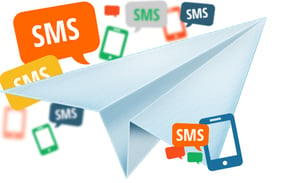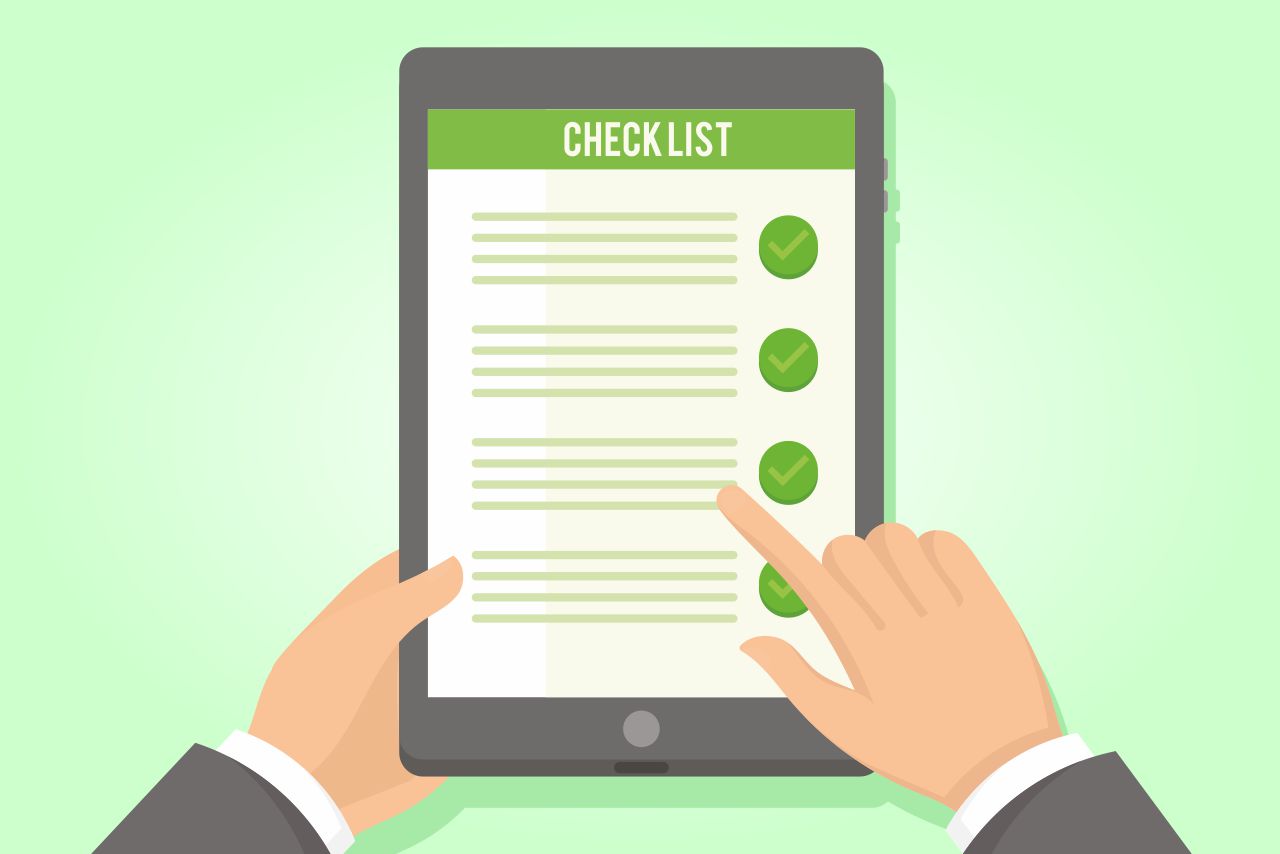The days of falling in line and waiting for one’s turn at the telephone booth are long gone. These days, you don’t have to pick up a landline phone to be able to contact an individual. Practically everyone owns a mobile phone today. One recent survey by Nielsen showed that in the United States, mobile phones have clocked in an impressive 85 percent penetration rate in among the members of the so-called Generation Y, or the Millennials.
It’s not shocking at all that many companies have been using SMS alerts and push apps not only to promote their products and services to potential customers, but also in communicating with their employees. And thanks to smartphones, anyone can access their emails anytime, anywhere as long as they have an Internet connection.

However, the use of these communication channels will always have an appropriate time. Let’s look at some of the recommendations on when to use SMS alerts, email, and push apps in the corporate world.
SMS Notification
Studies have shown that nearly 90 percent of SMS alerts are read within the first three minutes of delivery. This inherent advantage of short messaging system over email and push apps makes it ideal for delivering urgent messages to both customers and employees.
In the corporate world, SMS is usually sent when a product delivery is about to arrive, or an item is ready for pick up. For instance, Uber usually sends text messages to riders to let them know that their ride requests have been approved. Text messages are also sent to customers when drivers have arrived at the destination.
SMS alerts can also be used by supervisors to inform their employees about changes in schedules and other time-sensitive information. This form of communication often works best for employees who are on the road, but who can’t answer a phone call for some reason (like drivers).
However, SMS isn’t ideal for transmitting information such as receipts and confirmation codes because text messages are easier to delete and harder to search through, unlike in an email.
Emails
Speaking of emails, this communication channel is best used for delivering basic information that is not time-sensitive. This means that a recipient of an email message doesn’t have to reply right away. As such, information like reference codes, orders, receipts, and confirmations, among others, are usually transmitted through email.
But unlike SMS, email should never be used for transmitting urgent messages. According to Zipstripe, a leading mobile marketing firm, the average time for recipients to read an email message is 6.4 hours.
Can you imagine sending an urgent message like a weather alert to an employee through email? By the time the employee reads the email message, he may have already been in the middle of a storm.
Push Notification
Push notification works by sending a message to the notification center or status bar of a smartphone. It is practically the default methods of communication for apps on smartphones.
Compared to SMS alerts, push notification is considered less intrusive because the message can be delivered to the smartphone without interrupting the user’s activity.
Like SMS, push notifications are best used for delivering time sensitive information. However, it usually requires the recipient to perform an action like accomplishing a certain task, downloading content, or availing of special offers.
Although push notifications and SMS may seem alike, the latter is still best when it comes to delivering time-sensitive information. For one, there is no need for a smartphone to be connected to the Internet to be able to receive text messages. On the other hand, push notifications can only be delivered to a smartphone if it is connected to the web.







